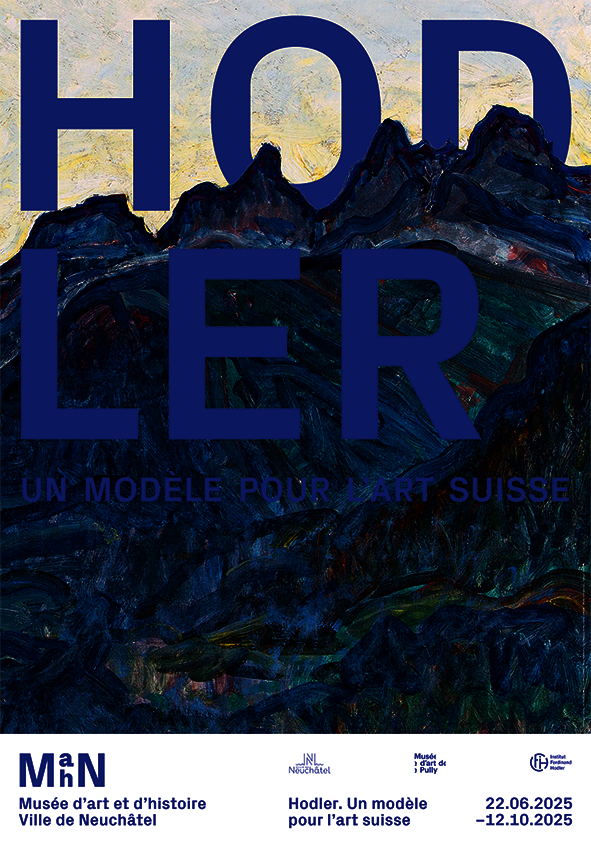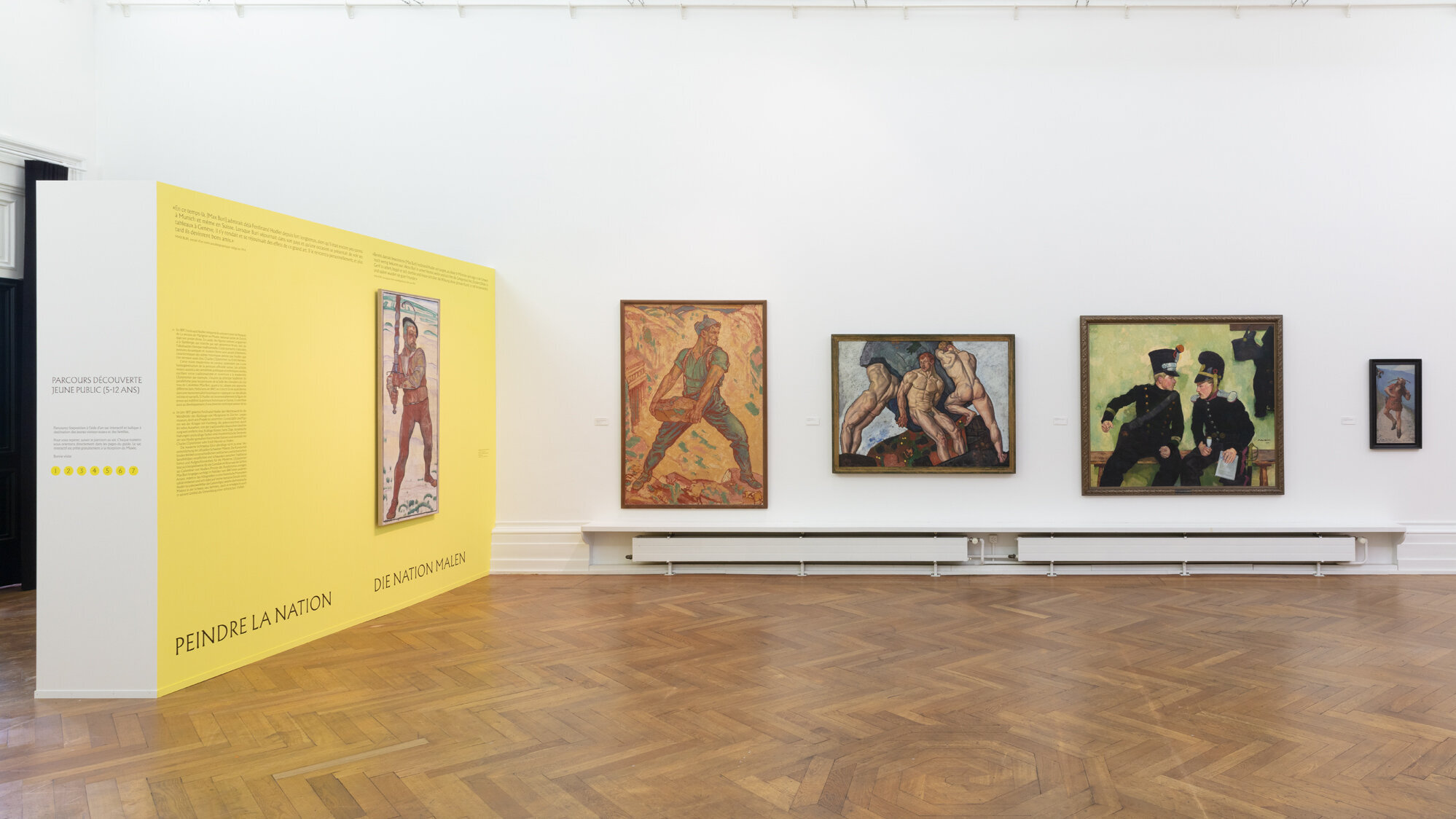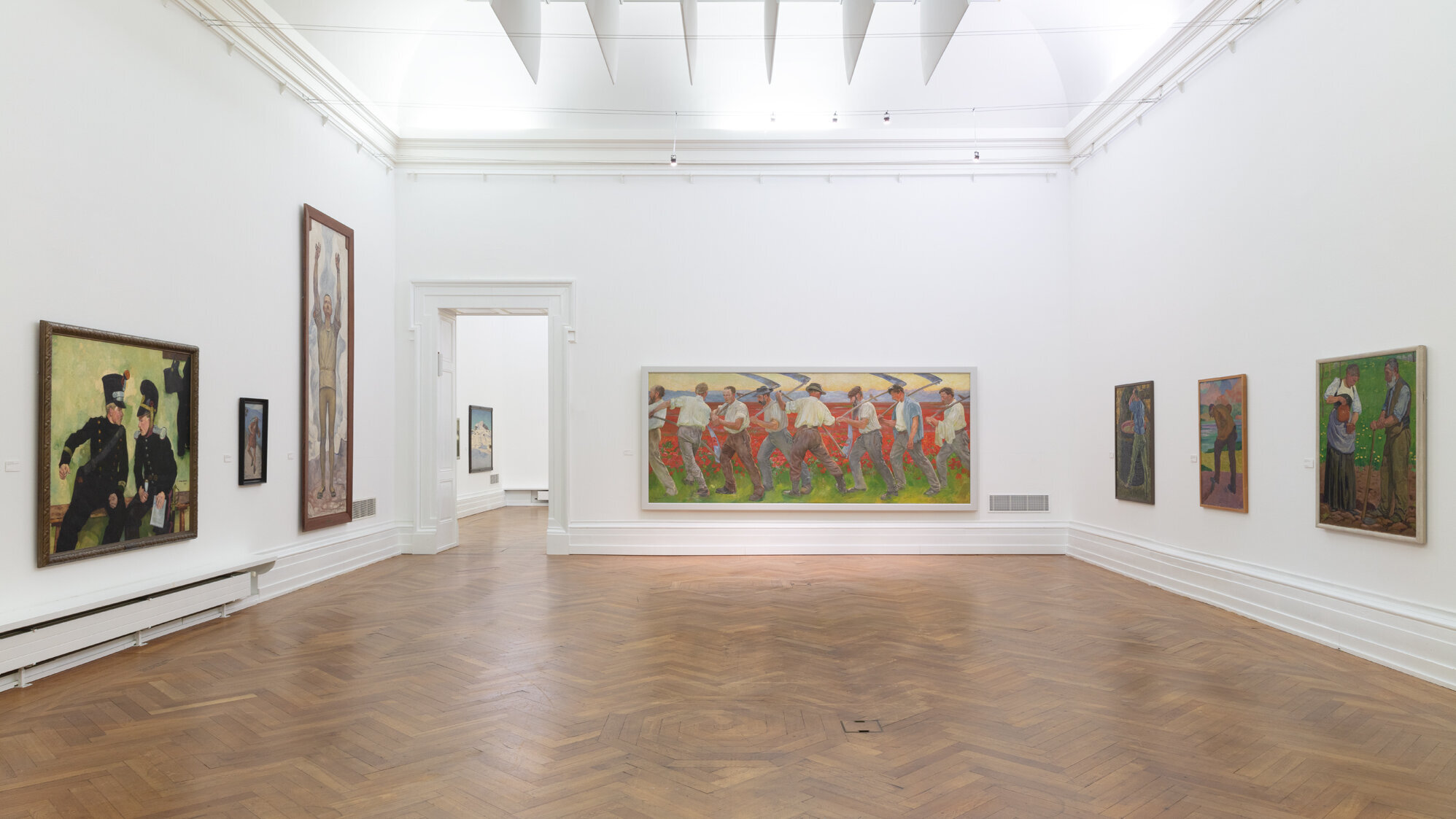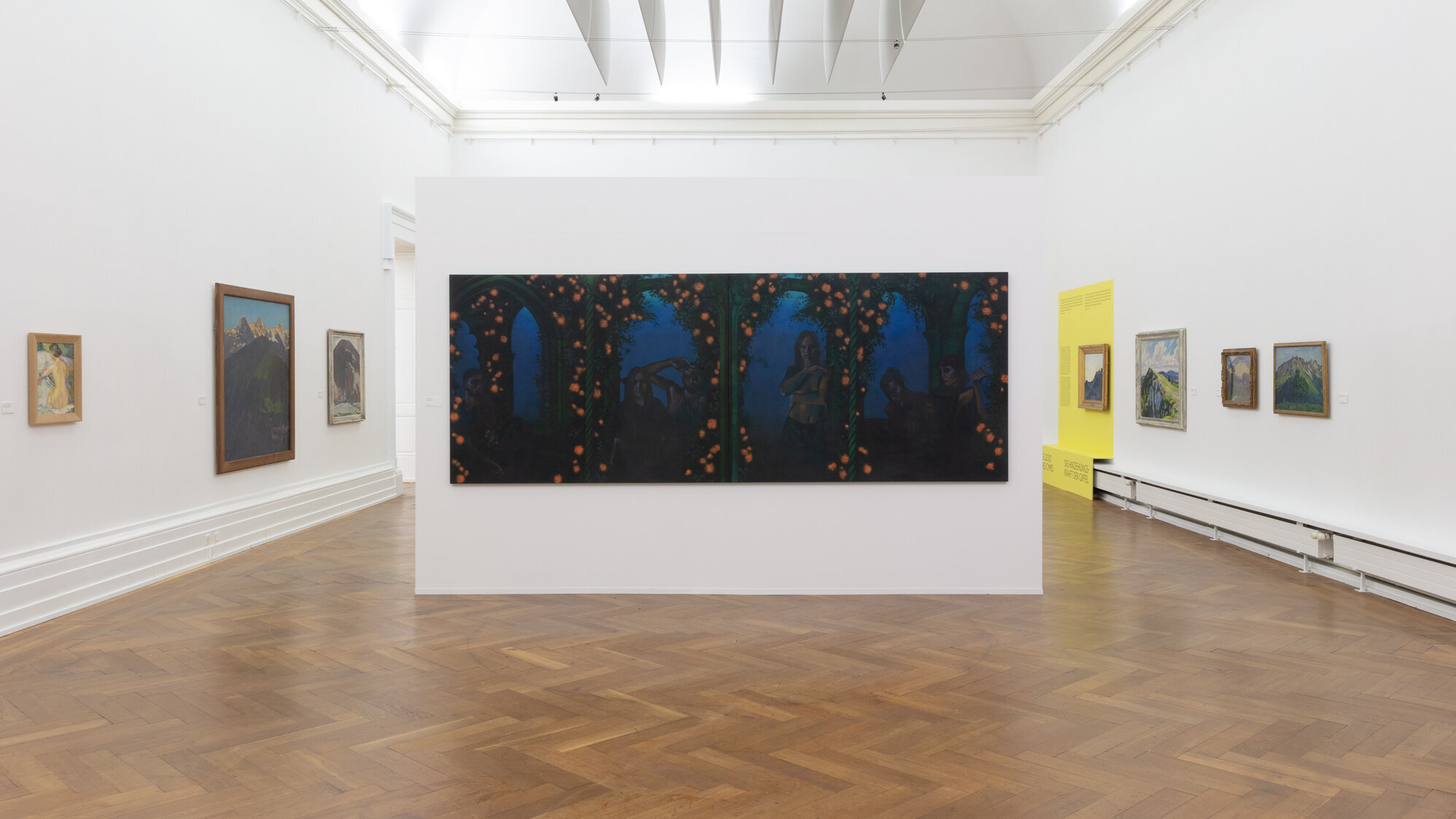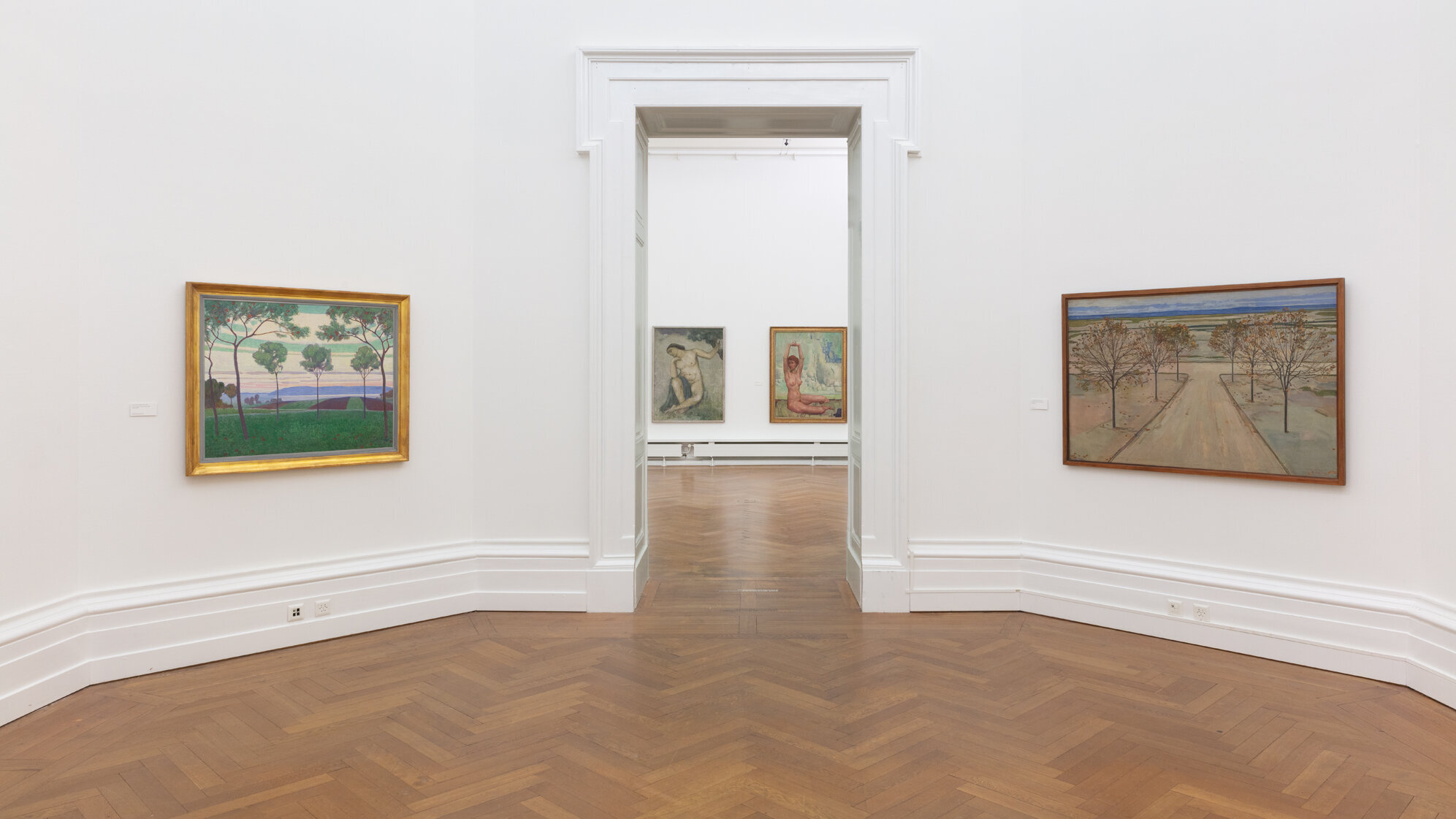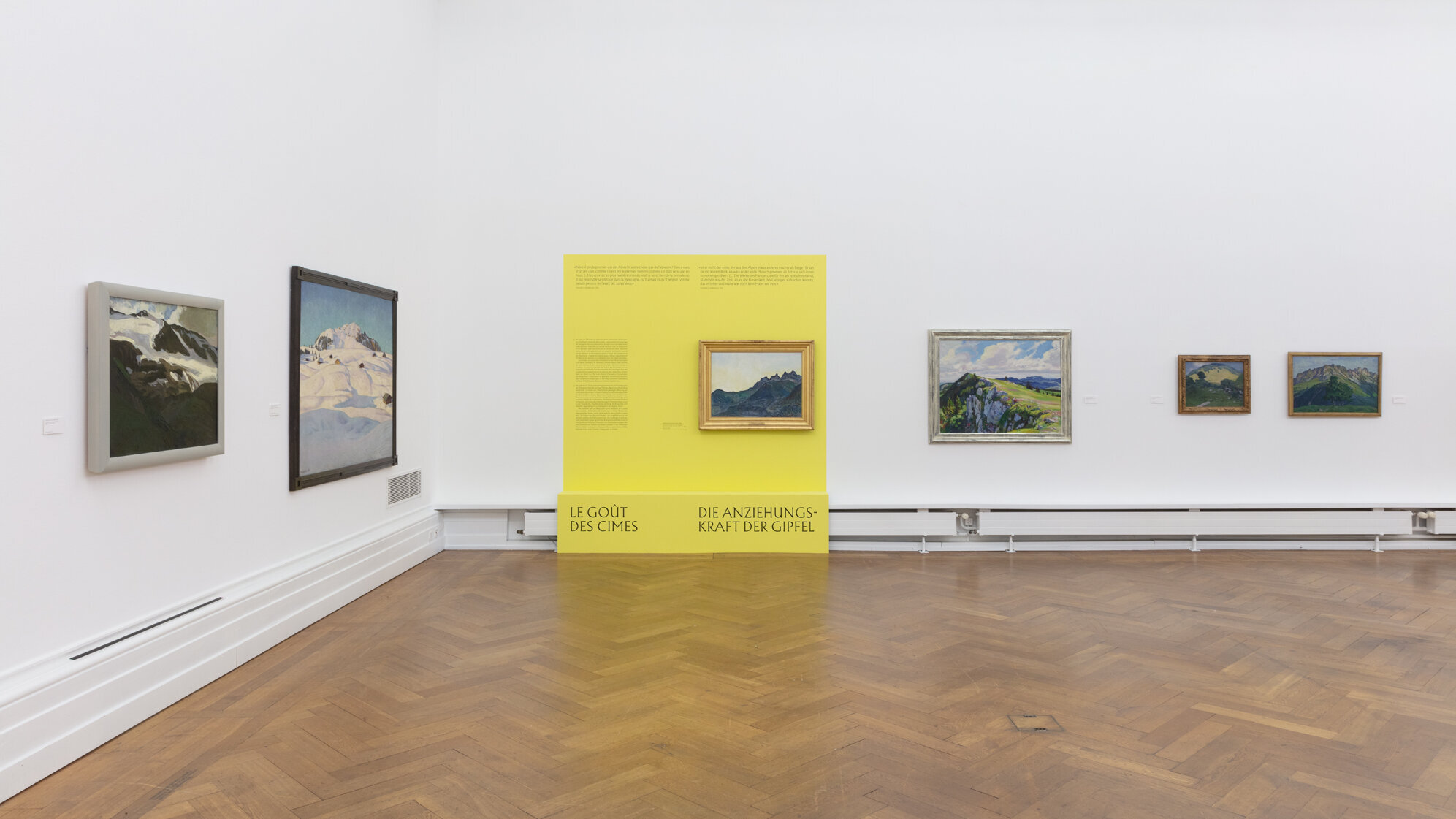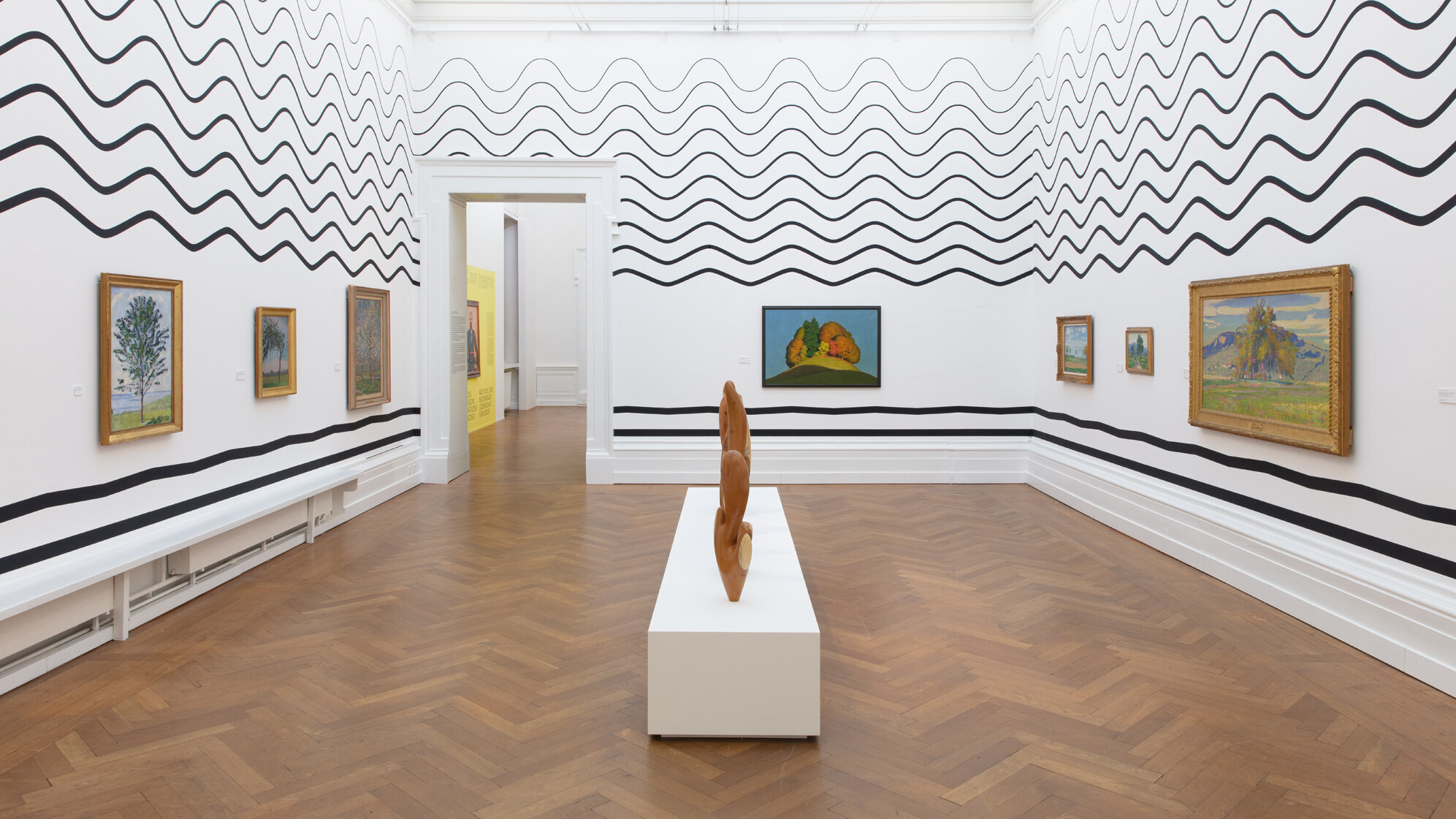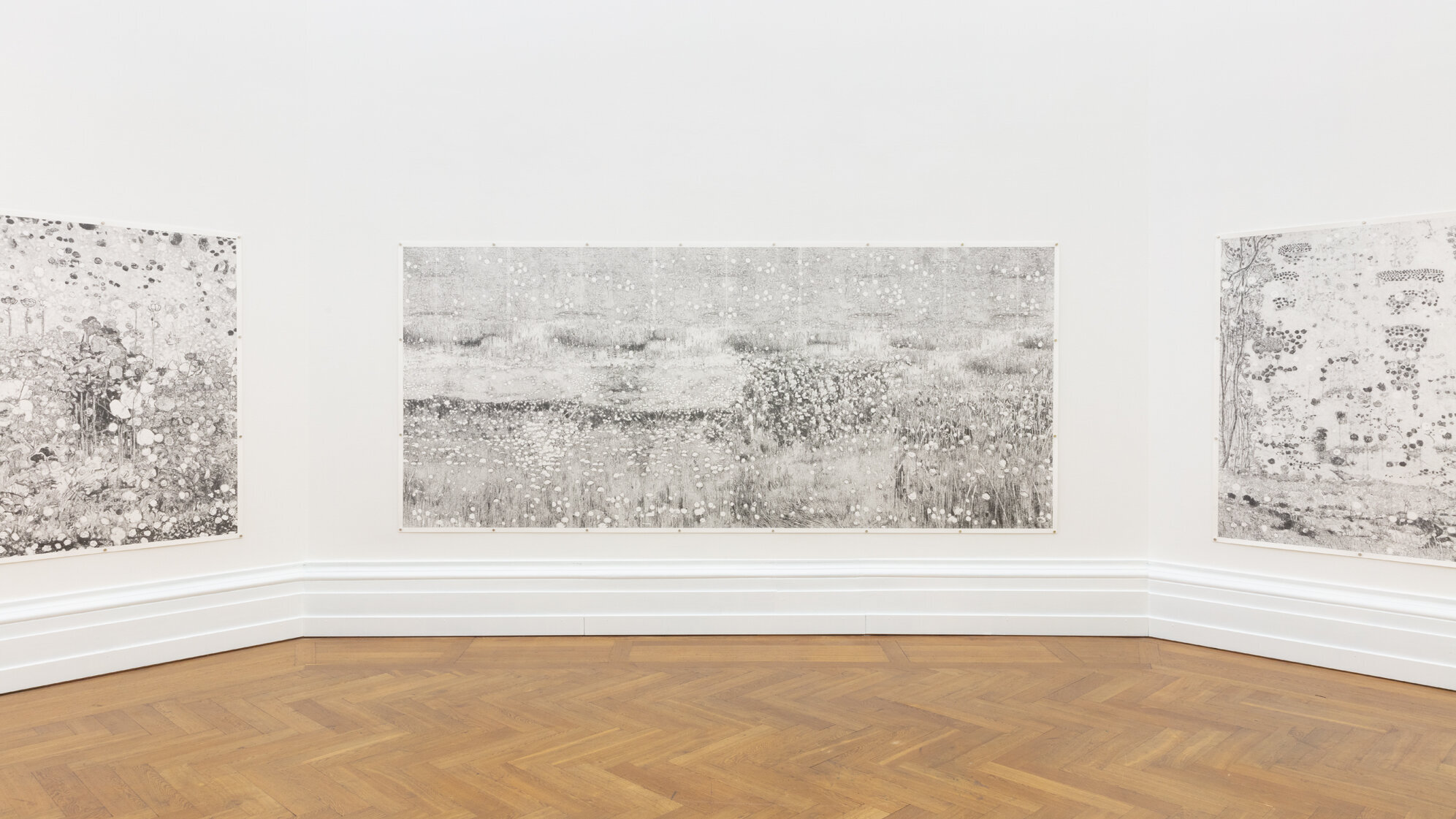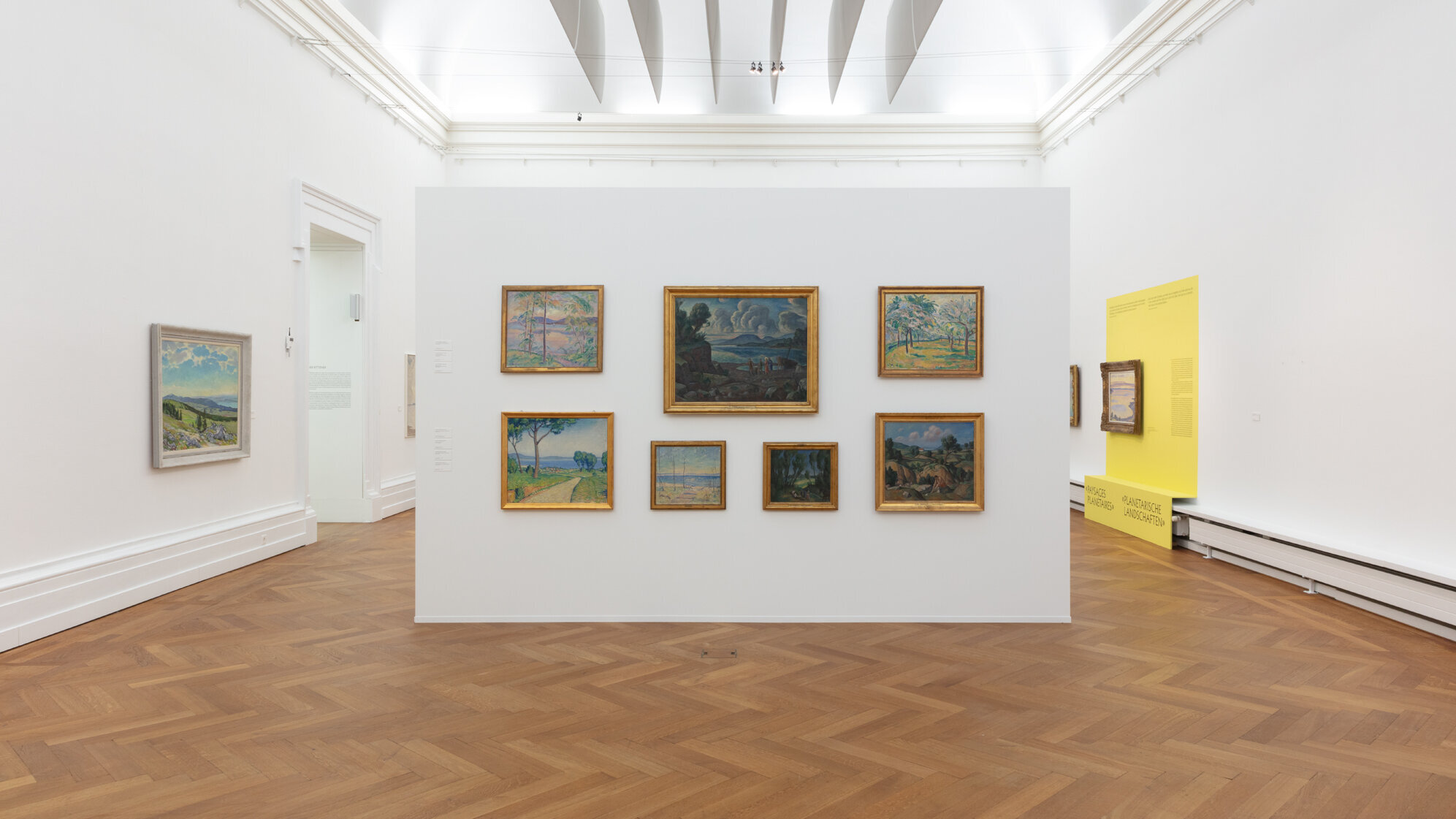Hodler. A model for Swiss art
At the beginning of the 20th century, Ferdinand Hodler (1853-1918) was a key figure on the Swiss and European art scenes. Celebrated from Paris to Vienna, and compared to
Paul Cézanne, Gustav Klimt and Auguste Rodin, Hodler was one of the most recognised painters at the dawn of the First World War. In Switzerland, he made a decisive contribution to artistic modernity, acting as a role model, a driving force and also a repellent.
Produced jointly with the Musée d'art de Pully and the Institut Ferdinand Hodler, this exhibition reveals painters who were inspired by Hodler's teachings, others who were influenced by his example, and some who turned against his legacy. It presents artists who were recognised in their time, such as Cuno Amiet, Giovanni Giacometti and Félix Vallotton, and others whose reputation has only grown, such as Marcel d'Eternod, Stéphanie Guerzoni and William Röthlisberger.
Today, Hodler's impact on contemporary art is still palpable. At the invitation of the Musée d'art et d'histoire, Claudia Comte, Didier Rittener and David Weishaar have created monumental works that echo the great painter's art through contemporary artistic and societal concerns.






